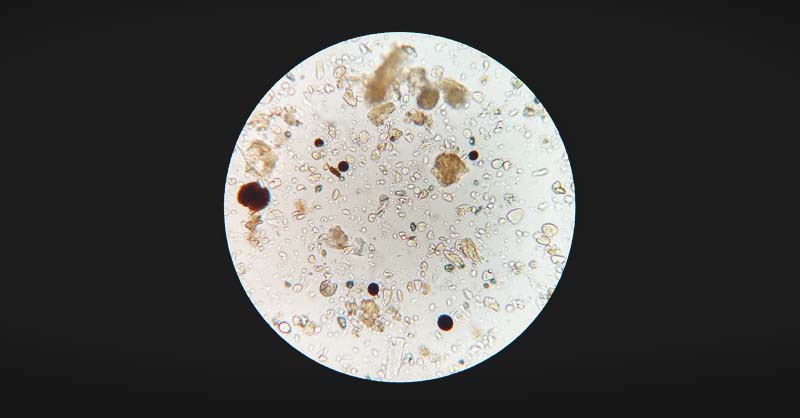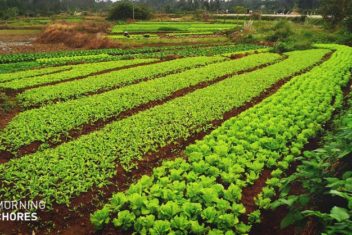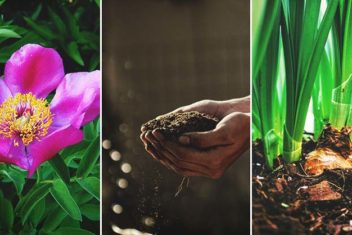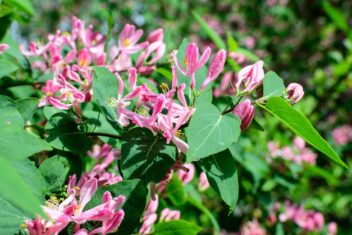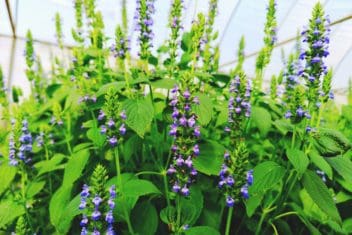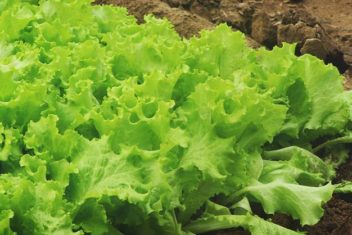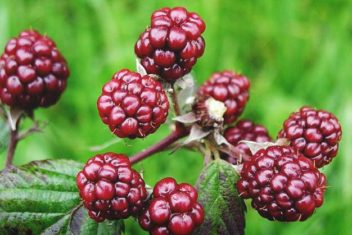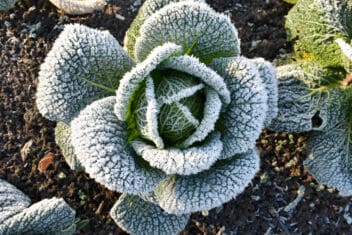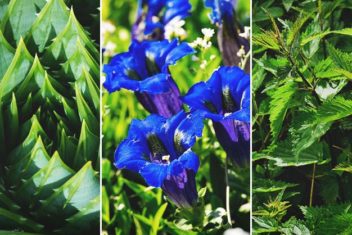About 78% of our atmosphere is made up of nitrogen. It’s in the air we breathe and is necessary for plants (and humans) to survive. So how do you help your plants get all the nitrogen they need to thrive? The answer is garden soil inoculant. By inoculating your legume plants, you help to add nitrogen to your soil, which in turn lets the rest of your garden get the nitrogen it needs.
Nitrogen is a gas that occurs naturally in our atmosphere. It’s one of the big three nutrients that plants need to survive, the others being phosphorus and potassium. Plants need nitrogen to grow because it helps them perform photosynthesis, which is the process that gives the plant its food – and in turn, our food.
Plants can’t absorb nitrogen from the air; they need it to be in the soil to access it. That’s where inoculation comes in. Inoculation helps certain plants, namely legumes, to fix nitrogen in the ground where it can be accessed more readily.
I will admit to taking my peas and beans for granted. I put the seeds in the ground, and a short while later I’m enjoying delicious legume-based meals. After harvesting, I put the plants in the compost pile to start the process over again next year. I didn’t realize that I was missing an important step by leaving out a garden inoculant. If you aren’t using an inoculant, you’re not doing everything you can to make your plants happy.
This article will cover the basics of why and how you should inoculate your legume crops. You’ll also learn some fun, inexpensive ways to make your own inoculant.
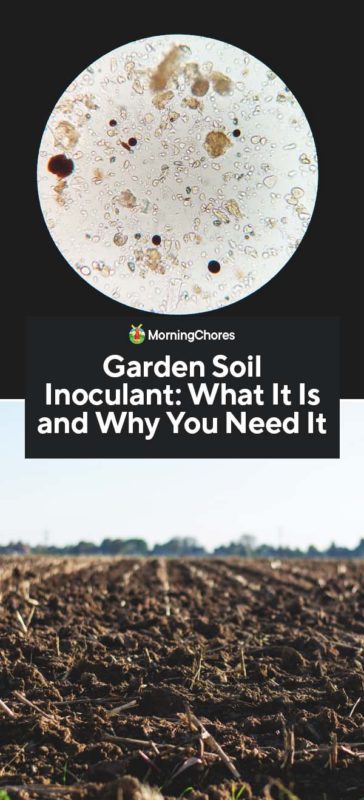
What is an Inoculant?
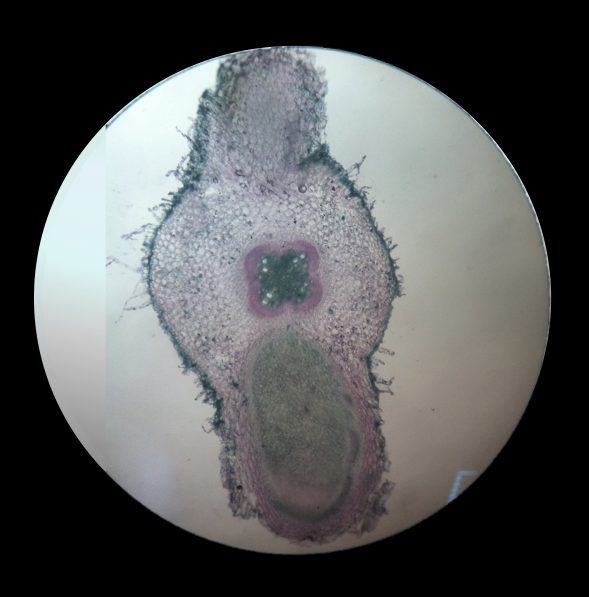
There are many types of inoculants. A garden inoculant is anything that adds beneficial microbes to the soil.
Some inoculants are made of Lactobacillus bacteria. You’ve probably heard of these beneficial bacteria in yogurt. In this article, we’ll focus on inoculating legume plants with Rhizobium leguminosarum, a bacteria which fixes nitrogen into the soil.
Rhizobium bacteria are microscopic beneficial organisms that live in the ground. They attach themselves to the roots of bean and pea plants. The plants then develop nodules which house the bacteria. These nodules help feed the plant and other surrounding plants.
Basically, these bacteria form a symbiotic relationship with legume plants that helps the beans and peas get additional nutrients. The bacteria don’t only benefit legumes, because anything you plant near or after your inoculated plants will benefit, too.
What Does It Mean To “Fix” Nitrogen?
When it comes to getting nitrogen from the air to the soil, some plants have special superman powers. These nitrogen-fixing plants use the bacteria to take nitrogen gas from the air and put it in their roots.
In particular, plants like legumes such as peas and beans are particularly adept at fixing nitrogen into the soil. That means they leave nitrogen in their roots behind in the ground. Most plants only uptake nutrients, but legumes kindly leave something behind.
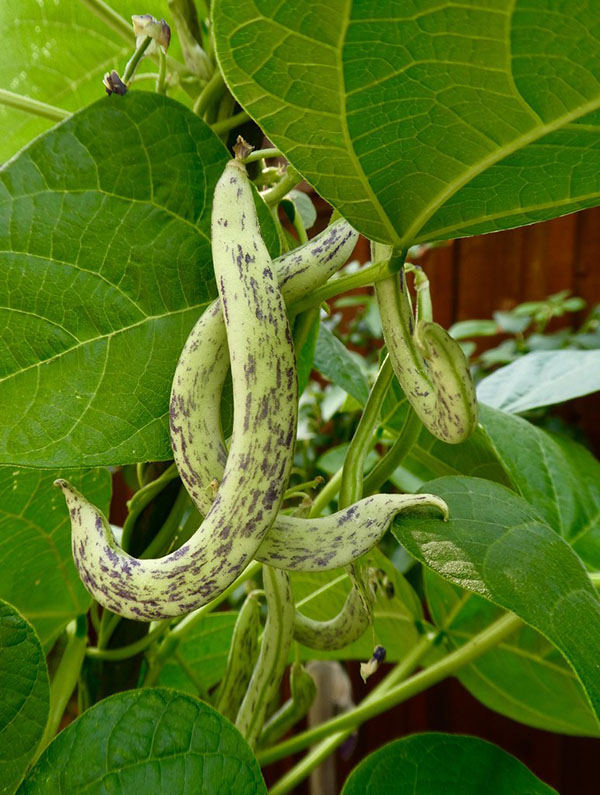
This has an immediate benefit to the plants that are growing, but best of all, it helps nourish the next crop planted in the same location.
Using Garden Soil Inoculant
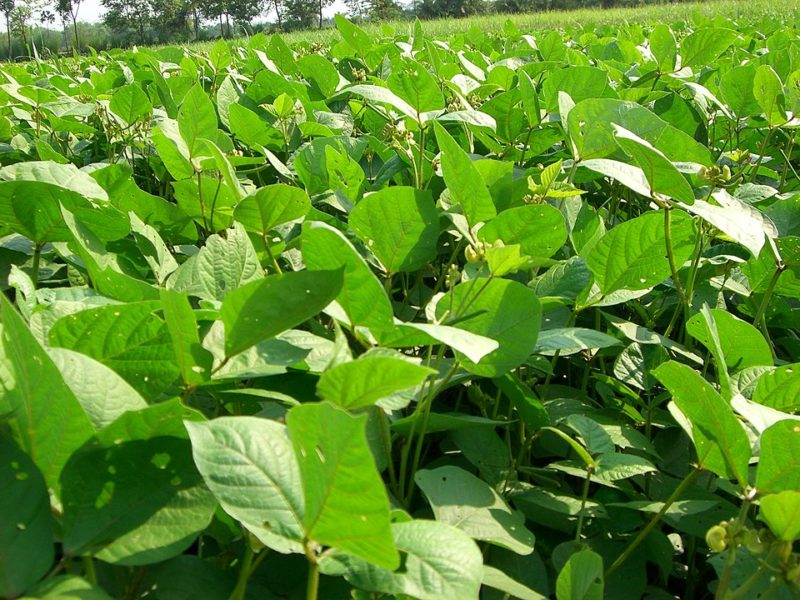
Ready to get going? Here’s how to make the most of garden soil inoculant.
Purchasing Inoculant
You can purchase soil inoculates from garden centers or your favorite online store. Johnny’s Seeds offers several varieties. Commercial inoculants are made of bacteria, which multiplies once it is added to the soil.
A little inoculate goes a long way. According to Johnny’s Seeds, five ounces will cover one hundred pounds of seed.
Watch the expiration date on the package. Old bacteria will not grow well. Store extra inoculant in a cool, dry location.
Prepping the Seeds
Moisten seeds in non-chlorinated water before planting. If you’re using treated tap water, let it sit out for 24 hours prior to use. This will allow the chlorine to evaporate.
Plant your seeds as you would normally, but add some inoculant to each hole as you are planting. You cannot over inoculate your seeds. In this case, too much is better than too little. Not enough inoculant can result in poor bacteria growth.
One way to add inoculant is to place your seeds in a bowl and add a heaping teaspoon of the inoculant. Stir these two together. Next, add enough water to cover your seeds. Let the mixture soak together for an hour.
Then, plant your seeds. If you have some unabsorbed water with bacteria in it, pour that mixture into the planting hole with your seeds.
Planting Your Legumes and Bacteria
You don’t have to plant your peas and beans in any particular way to inoculate them. The bacteria like the same growing conditions as your plants. The soil should be between 55-80°F. Peas like the cool end and beans the warmer end of the spectrum.
Inoculant bacterium thrives in healthy, organic soil. Chemicals in the soil disrupt its growth. You want to work with nature, not against it, so don’t use pesticides or chemical fertilizers when inoculating your plants.
Inoculant prefers soil with a neutral pH, so add a little wood ash to raise your soil’s pH if necessary.
Making your Own Inoculant
You don’t have to buy inoculant. Your garden or nearby wilderness area has many types of bacteria that you can utilize. Growing rhizobium bacteria is a bit more difficult and takes some laboratory equipment. However, you can always make your own starter with different bacteria using things you can find in your area.
Go out into a livestock field or meadow and pull up a legume plant such as clover. If the clover has nodes on the roots you can transport that to your garden to add beneficial bacteria. Make sure you are pulling from a sustainable field that hasn’t been treated with pesticides.
The following is a video for making another type of garden bacteria.
Using Your Inoculated Legumes in the Garden
Now that you have your healthy, nutritious legumes, how can you use them to improve the rest of your garden (after you’ve eaten your fill, of course)?
Compost Your Beans
Add your spent legume plants to your compost at the end of the growing season. As the plant and roots break down in the composting process, they will add nitrogen into your pile. This will help your soil when it is time to apply compost to the garden.
You can also till your bean and pea crops into the soil. As the plants break down, those nodes on the roots release nitrogen, and the bacteria may stick around until the next season.
Rotate Your Crops
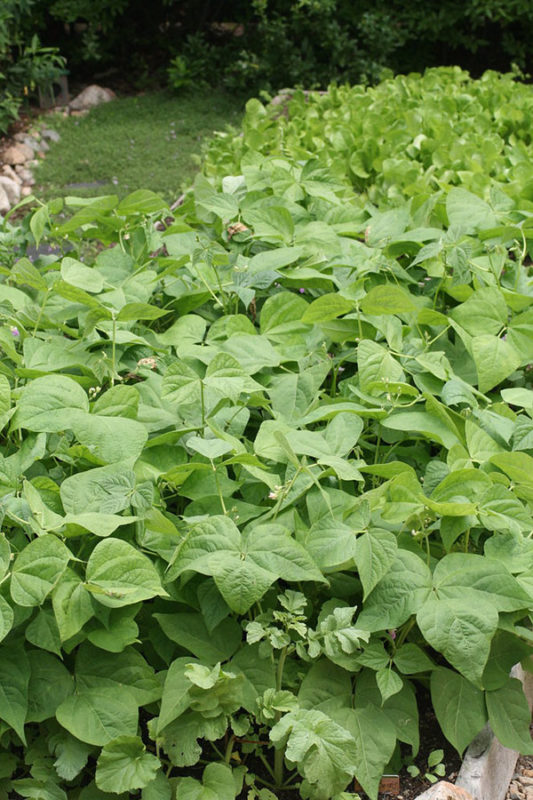
Are you following a plan to rotate your crops? Beans and peas play a valuable role in crop rotation because of their ability to fix nitrogen. Crop rotation also helps to keep your plants healthy.
In monoculture, plants often experience a build-up of diseases and pests that target individual plant species. Monoculture also depletes the soil.
On the other hand, beans and peas replenish your soil with nitrogen. In traditional agriculture, brassicas follow legumes in rotation. Brassicas demand a lot of nitrogen, so this is a perfect solution. By changing up your crops, you allow your inoculated legumes to provide valuable nutrition to the plants that follow.
Cover Crops
Many cover crops are legume species, and you can help them do double duty in the garden by inoculating them. You plant cover crops in your garden with the purpose of tilling them into the soil. In this way, they improve the soil and add amendments.
Cover crops often include winter field peas, alfalfa, crimson clover, and hairy vetch. These crops can be planted in the late summer or early fall, and they’ll grow over winter so you can till them into the garden in springtime.
If you inoculate your cover crops, they will add even more nitrogen to your soil, and you’ll have better harvests in the following year. In fact, studies have shown that crimson clover can add up to the equivalent of one hundred pounds of nitrogen to the soil during one growing season.
As a final note, you may be wondering why you can’t just use nitrogen supplements. These bags of nitrogen are created using intense heat and chemicals which are passed on into the environment. I prefer not to use these products because, according to scientists, commercial nitrogen products disrupt natural nitrogen-fixing communications between crops and soil bacteria. This can lead to lower yields and smaller plants. Stick with inoculation over adding nitrogen directly where you can.

